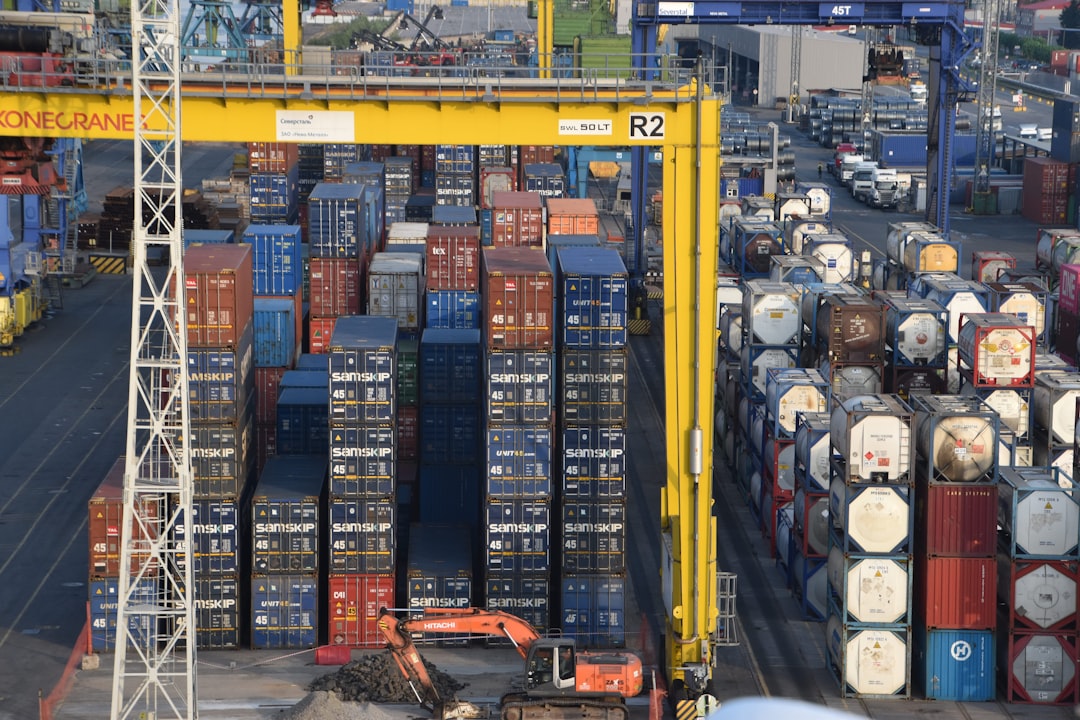Expanding your business into 40+ countries is an ambitious goal, but with a well-defined strategy, it can be a highly rewarding endeavor. This guide provides a comprehensive framework to navigate the complexities of international trade and successfully penetrate diverse markets.
1. Thorough Market Research: Identifying Your Ideal Export Destinations
Before diving into the logistics, you must identify your target markets. Don’t just pick countries randomly; conduct meticulous research to determine which ones offer the best fit for your products or services. Consider factors like:
- Market Size and Growth Potential: Analyze market reports, industry data, and economic indicators to assess the demand for your offerings and the potential for growth in each country.
- Competitive Landscape: Research existing competitors, their pricing strategies, and market share to understand your potential challenges and opportunities.
- Cultural Nuances and Consumer Preferences: Understand cultural sensitivities, consumer behavior, and purchasing habits. Adapt your marketing and product offerings to resonate with local preferences.
- Regulatory Environment and Trade Barriers: Investigate import tariffs, quotas, licensing requirements, and other trade restrictions that might impact your ability to export to specific countries.
- Infrastructure and Logistics: Assess the availability of reliable transportation networks, warehousing facilities, and customs procedures in your target markets. Efficient logistics are crucial for timely and cost-effective delivery.
Tools like market research databases (e.g., Statista, IBISWorld), government trade websites, and industry publications can provide valuable insights.
2. Legal and Regulatory Compliance: Navigating International Laws
Exporting to multiple countries requires navigating a complex web of international laws and regulations. Non-compliance can lead to hefty fines, legal battles, and reputational damage. Key considerations include:
- Export Controls and Sanctions: Ensure your products are not subject to export controls or sanctions imposed by your country or the target countries.
- Import Regulations: Understand the specific import regulations, labeling requirements, and product standards of each target market. Failure to comply can result in your goods being rejected at customs.
- Intellectual Property Protection: Protect your trademarks, patents, and copyrights in each target market to prevent infringement and safeguard your brand.
- Data Privacy Regulations: Adhere to data privacy regulations, such as GDPR in Europe or CCPA in California, especially if you’re handling personal data of your customers.
- Tax and Customs Procedures: Understand the tax implications of exporting, including VAT, GST, and other relevant taxes. Familiarize yourself with customs procedures and documentation requirements.
Seeking legal counsel specializing in international trade is highly recommended to ensure full compliance.
3. International Logistics and Supply Chain Management: Efficient Delivery
Efficient logistics are crucial for successful exporting. Managing the movement of goods across international borders requires careful planning and execution. Consider the following:
- Shipping Methods: Choose the most appropriate shipping method (sea freight, air freight, or courier) based on factors like cost, speed, and product fragility.
- Freight Forwarders: Partner with experienced freight forwarders who can handle customs clearance, documentation, and transportation arrangements.
- Warehousing and Distribution: Establish efficient warehousing and distribution networks in your target markets to ensure timely delivery to customers.
- Inventory Management: Implement an effective inventory management system to track stock levels, manage orders, and minimize storage costs.
- Insurance: Secure adequate insurance coverage to protect your goods against loss or damage during transit.
Optimizing your supply chain can significantly reduce costs and improve delivery times.
4. International Marketing and Sales: Reaching Your Global Customers
Adapting your marketing and sales strategies to the specific needs and preferences of each target market is crucial. Consider:
- Localization: Translate your website, marketing materials, and product packaging into the local languages of your target markets.
- Cultural Adaptation: Adapt your marketing messages to reflect the cultural values and preferences of your target audiences.
- Digital Marketing: Leverage digital marketing channels like social media, search engine optimization (SEO), and pay-per-click (PPC) advertising to reach potential customers online.
- Distribution Channels: Establish appropriate distribution channels, such as online marketplaces, retail partners, or direct sales teams, to reach your target customers.
- Customer Service: Provide excellent customer service in the local languages of your target markets to build trust and loyalty.
Effective international marketing requires a deep understanding of your target markets and a willingness to adapt your strategies accordingly.
5. Financial Management and Risk Mitigation: Protecting Your Investment
Exporting to multiple countries involves significant financial risks. Effective financial management is crucial to mitigate these risks and ensure the long-term success of your business. Consider:
- Currency Exchange Risk: Manage currency fluctuations to minimize the impact on your profitability.
- Payment Terms: Negotiate appropriate payment terms with your international customers to minimize credit risk.
- Insurance: Secure appropriate insurance coverage to protect against various risks, such as political instability, currency fluctuations, and non-payment.
- Financial Forecasting: Develop accurate financial forecasts to anticipate potential challenges and opportunities.
- Tax Planning: Optimize your tax planning to minimize your tax liabilities in both your home country and your target markets.
Careful financial planning and risk mitigation strategies are essential for long-term success in international trade.
Exporting to 40+ countries requires significant commitment, resources, and expertise. However, with a well-defined strategy, careful planning, and a willingness to adapt, you can successfully penetrate diverse markets and achieve significant growth for your business.
SEO Tags:
export strategy, international trade, global expansion, market research, international business




